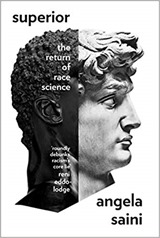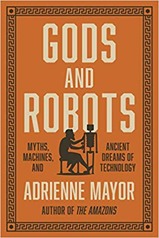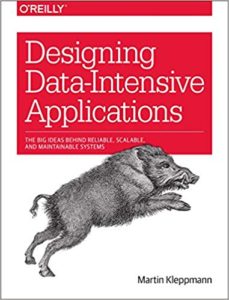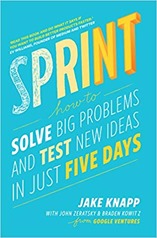
Deep learning with Python by Francois Chollet is the third book I have reviewed on deep learning neural networks. Despite these reviews only spanning a couple of years it feels like the area is moving on rapidly. The biggest innovations I see from this book are in the use of pre-trained networks, and the dominance of the Keras/Tensorflow/Python ecosystem in doing deep learning.
Deep learning is a type of artificial intelligence based on many-layered neural networks. This is where the “deep” comes in – it refers to the numbers of layers in the networks. The area has boomed in the last few years with the availability of massive datasets on which to train, improvements in numerical algorithms for training neural networks and the use of GPUs to further accelerate deep learning. Neural networks have been used in production since the 1990s – by the US postal service for reading handwritten zip codes.
Chollet works on artificial intelligence at Google and is the author of the Keras deep learning library. Google is also the home of Tensorflow, a lower level library which is often used as a backend to Keras. This is a roundabout way of saying we should expect Chollet to be expert and authoritative in this area.
The book starts with some nice background to machine learning. I liked Chollet’s description of machine learning (deep learning included) being about finding a representation of data which makes the problem at hand trivial to solve. Imagine taking two pieces of coloured paper, placing them one on top of the other and then crumpling them into a ball. Machine learning is the process of un-crumpling the ball.
As an introduction to the field Deep Learning in Python runs through some examples of deep learning applied to various classes of problem, including movie review sentiment analysis, classifying newswire articles and predicting house prices before going back to discuss some issues these problems raise. A recurring theme is the problem of overfitting. Deep learning models can learn their training data really well, essentially they memorise the answers to questions and so when they are faced with questions they have not seen before they perform badly. Overfitting can be addressed with a range of techniques.
One twist I had not seen before is the division of the labelled data used in machine learning into three, not two parts: training, validation and test. The use of training and validation parts is commonplace, the training set is used for training – the validation set is used to test the quality of a model after training. The third component which Chollet introduces is the “test” set, this is like the validation set but it is only used when your model is about to go into production to see how it will perform in real life. The problem it addresses is that machine learning involves a large number of hyperparameters (things like the type of machine learning model, the number of layers in a deep network, the form of the activation function) which are not changed during training but are changed by the data scientist quite possibly automatically and systematically. The hyperparameters can be overfitted to the validation set, hence a model can perform well on validation data (that it has seen before) but not on test data which represents real life.
A second round of examples looks at deep learning in computer vision, using convolution neural networks (convnets). These are related to the classic computer vision process of convolution and image morphology. Also introduced here are recurrent neural networks (RNNs) for applications in processing sequences such as time series data and language. RNNs have memory across layers which dense and convolution networks don’t, this makes them effective for problems where the sequence of data is important.
The final round of examples is in generative deep learning including generating text, the DeepDream system, image style transfer and generating images of faces.
The book ends with some thoughts of the future. Chollet comments that he doesn’t like to use the term neural networks which implies the ability to reason and abstract in the way that humans do. One of the limitations of deep learning is that, as currently used, does not have the ability to abstract or generate programmatic descriptions of solutions. You would not use deep learning to launch a rocket – we have detailed knowledge of the physics of rockets, gravity and the atmosphere which makes a physics-based approach far better.
As I read I realised that keeping up with what was new in machine learning was a critical and challenging task, Chollet answers this question exactly suggesting three approaches to keeping abreast of new developments:
- Kaggle – the machine learning competition site;
- ArXiv – the preprint server, in particular http://www.arxiv-sanity.com/ which is a curated view of the machine learning part of arXiv;
- Keras – keeping up with developments in the Keras ecosystem;
If you’re going to read one book on deep learning this should probably be the one, it is readable, covers off the field pretty well, Chollet is an authority in this area and in my view has particularly acute insight into deep learning.




 Sprint: How to Solve Big Problems and Test New Ideas in Just Five Days
Sprint: How to Solve Big Problems and Test New Ideas in Just Five Days